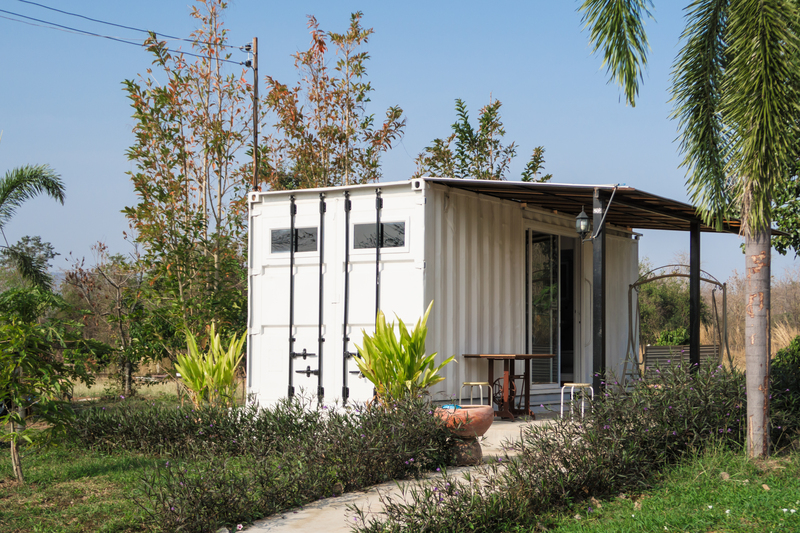Pioneering New Uses for Recycled Wood Waste
In the face of rapid urbanization and industrial growth, sustainability has become a crucial aspect of modern living. One of the significant challenges we confront today is managing and utilizing waste effectively. Among the various types of waste, recycled wood waste offers impressive potential for innovative uses. This article explores the latest advancements and methodologies in leveraging recycled wood waste, offering insights into how this resource can be used effectively to pave the way for a sustainable future.
The Growing Problem of Wood Waste
Wood waste is a byproduct of several industries, including construction, furniture manufacturing, and paper production. Globally, millions of tons of wood waste are generated annually, contributing to environmental concerns such as deforestation and landfill accumulation. Managing this waste effectively is imperative for environmental sustainability. By focusing on the pioneering new uses for recycled wood waste, we can mitigate ecological impacts while fostering a circular economy.
Understanding Recycled Wood Waste
Recycled wood waste typically originates from construction debris, demolished structures, old furniture, and timber manufacturing residues. This waste undergoes various processes, such as chipping and shredding, to be repurposed. The rise in wood waste recycling has prompted a surge in innovative techniques to repurpose this material.

Innovative Applications of Recycled Wood Waste
The journey of transforming recycled wood waste into productive assets is marked by numerous groundbreaking applications:
1. Eco-friendly Construction Materials
- Particleboard and Fiberboard: Recycled wood fibers are utilized in creating particleboard and fiberboard, widely used in construction and furniture.
- Cross-laminated Timber (CLT): CLT is produced using layers of recycled timber, offering a sustainable alternative to traditional concrete and steel in construction.
These materials not only enhance construction sustainability but also provide durability and economic benefits.
2. Energy Generation
Wood waste serves as an efficient biomass energy source. Through technologies like gasification and pyrolysis, this waste is converted into biofuels and syngas, providing a renewable energy source that reduces reliance on fossil fuels.
3. Artistic and Functional Designs
Artists and designers are increasingly turning to recycled wood waste for creating unique furnishings and artworks. This approach not only adds aesthetic value but also promotes environmental consciousness.
4. Horticultural and Agricultural Uses
Recycled wood chips serve as mulch and compost, enriching soil and enhancing plant growth. This application is particularly beneficial in urban areas, where greening initiatives seek sustainable solutions.
Benefits of Utilizing Recycled Wood Waste
Embracing the varied uses of recycled wood waste offers multiple benefits:
- Environmental Impact: Recycling wood waste reduces landfill use, conserves natural resources, and minimizes carbon emissions.
- Economic Advantages: By creating new products and energy sources, recycled wood waste contributes to economic growth and job creation.
- Sustainable Development: Utilizing recycled materials aligns with global sustainability goals, promoting a more responsible consumption pattern.

Future Prospects and Innovations
The landscape of recycled wood waste is evolving rapidly. Innovations are focused on enhancing processing techniques, discovering new materials, and expanding application scopes. Emerging technologies like nanotechnology and biochemistry hold promise in revolutionizing the way we perceive and utilize recycled wood waste.
1. Nanocellulose Technology
Deriving nanocellulose from wood waste involves extracting cellulose fibers at the nanoscale, which can be used in creating advanced materials like lightweight composites for various industries.
2. Biochar Production
Biochar, a byproduct of wood waste pyrolysis, is gaining traction for its carbon sequestration properties and ability to improve soil fertility. Ongoing research continues to explore new methods to enhance biochar quality and application.
3. Collaborative Platforms and Policies
To fully harness the potential of recycled wood waste, collaborative efforts between industries, governments, and research institutions are essential. Crafting policies that encourage recycling and innovation can drive progress in this field.
Conclusion
The dynamic landscape of recycled wood waste is a testament to the endless possibilities of innovation. By pioneering new uses, society can make significant strides towards a sustainable future. From construction to energy and beyond, utilizing recycled wood waste represents an essential facet of eco-friendly practices. The continued exploration and adaptation of these materials will not only address environmental challenges but also inspire a culture of sustainability, ultimately paving the way for ecological balance and economic viability.
As we look forward to a greener tomorrow, investing in ideas and technologies that creatively repurpose recycled wood waste remains a key strategy for sustainable development and resource management.